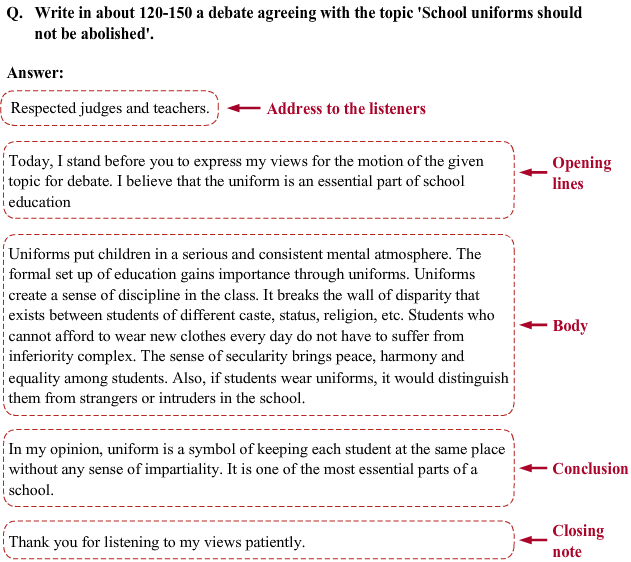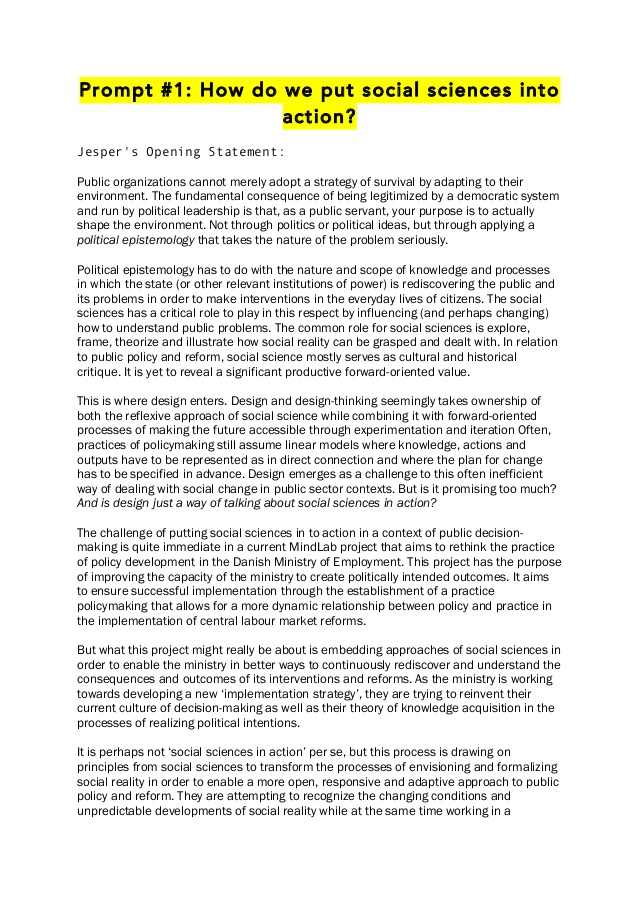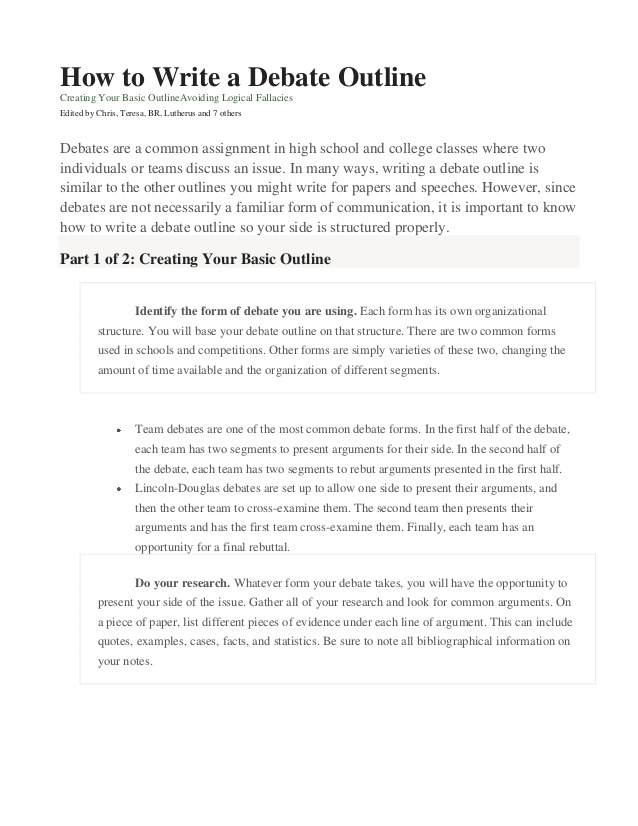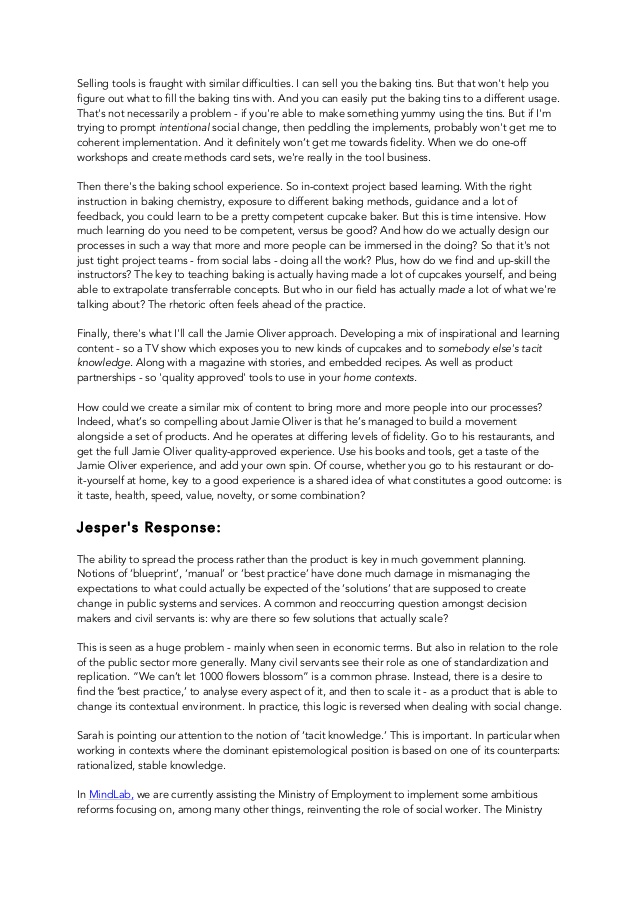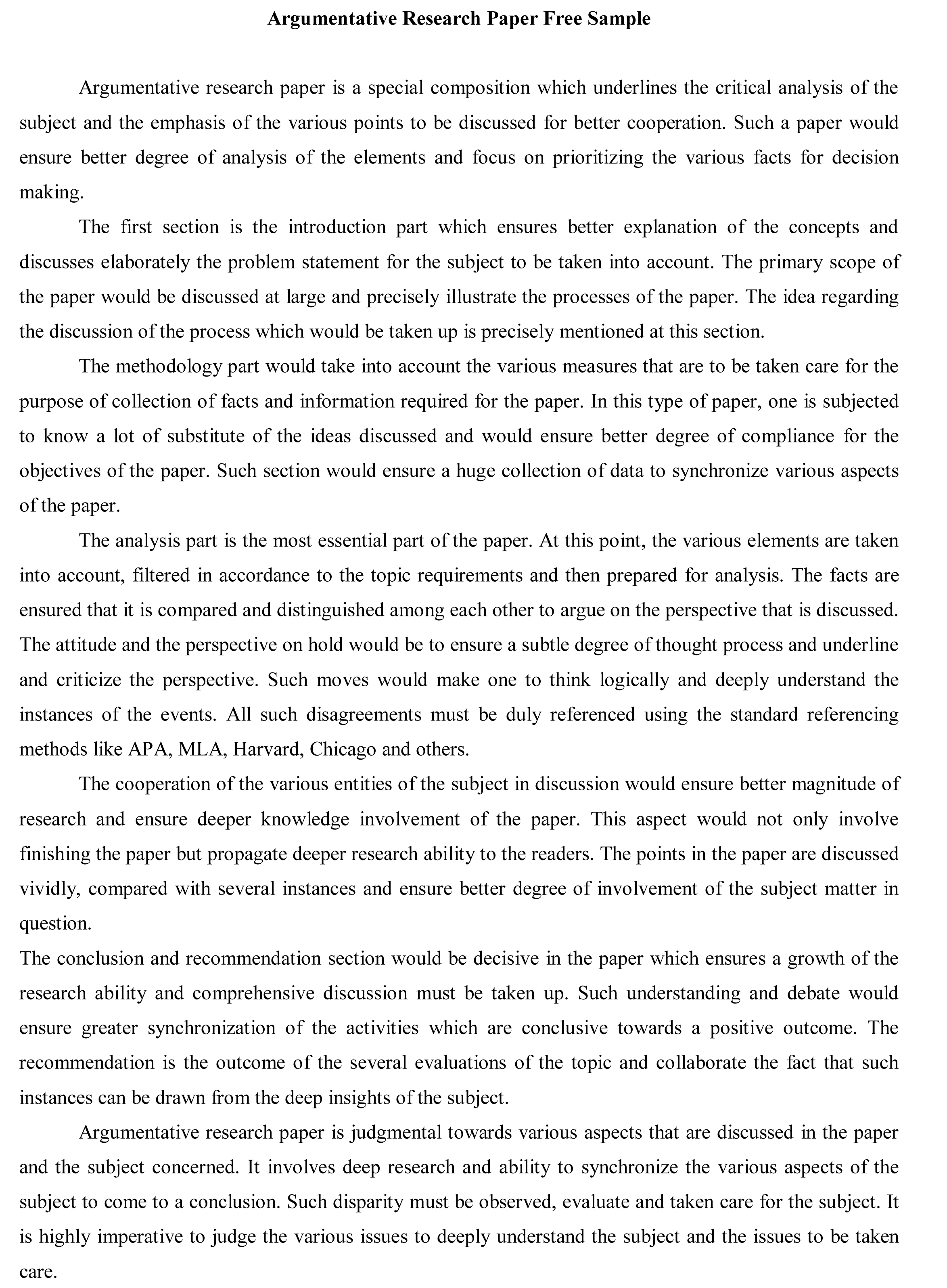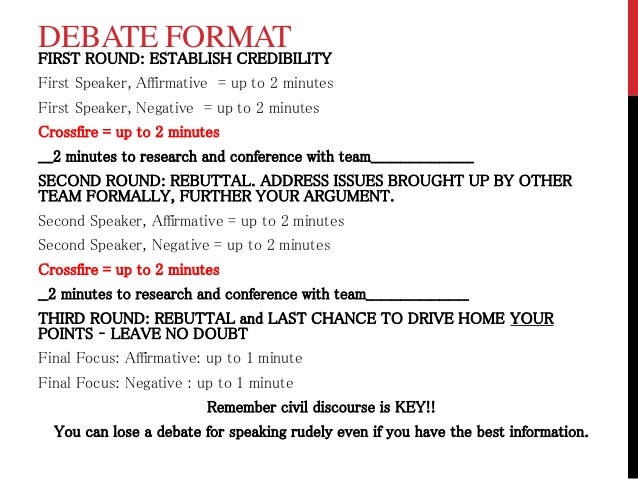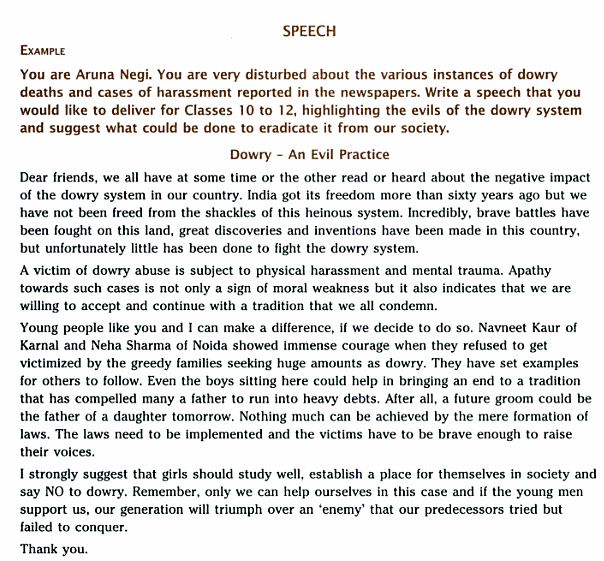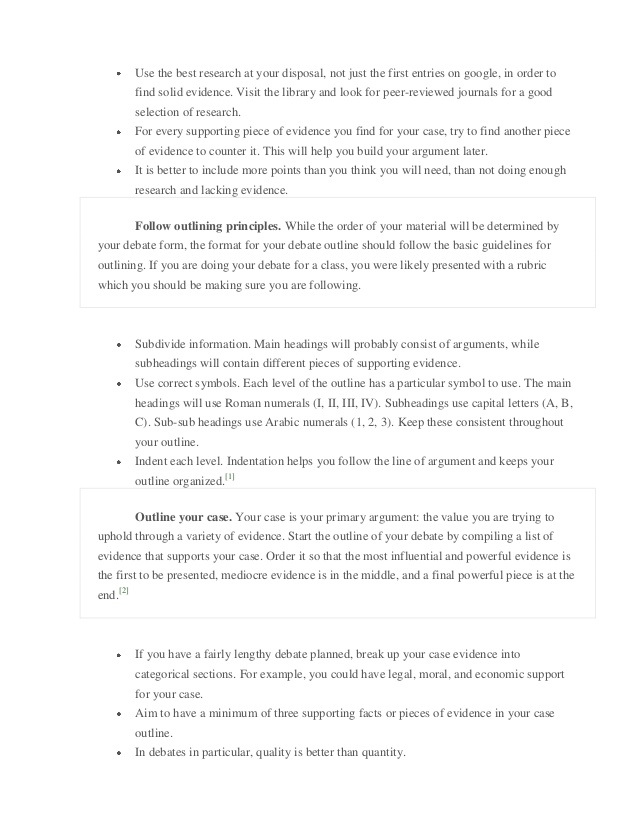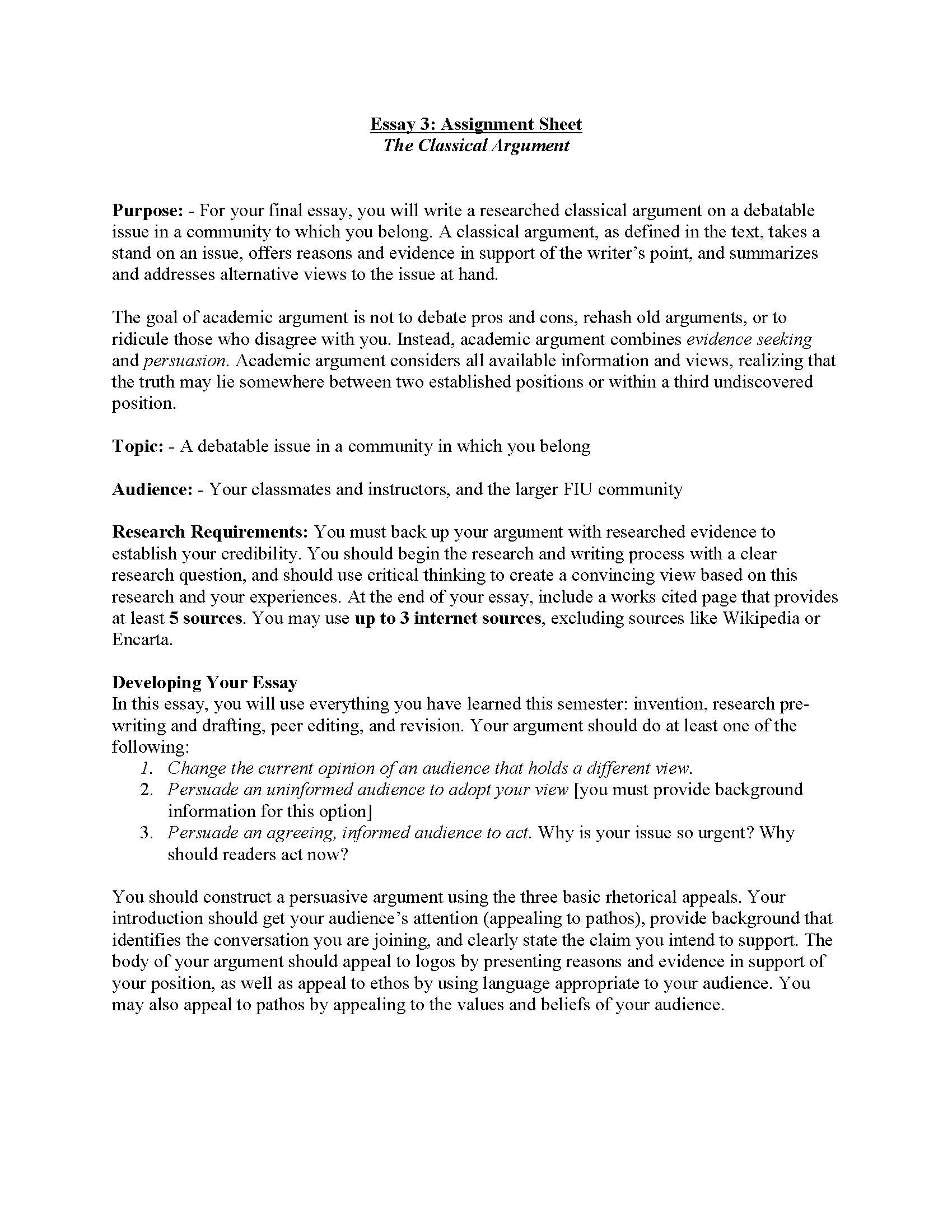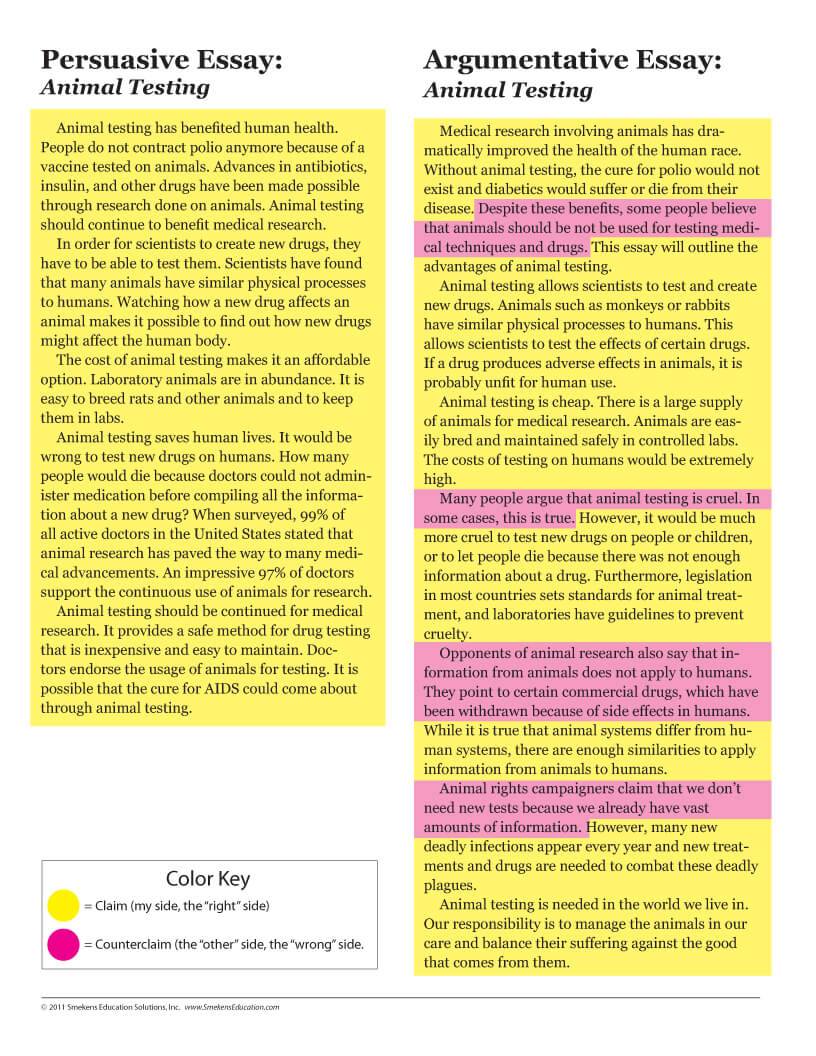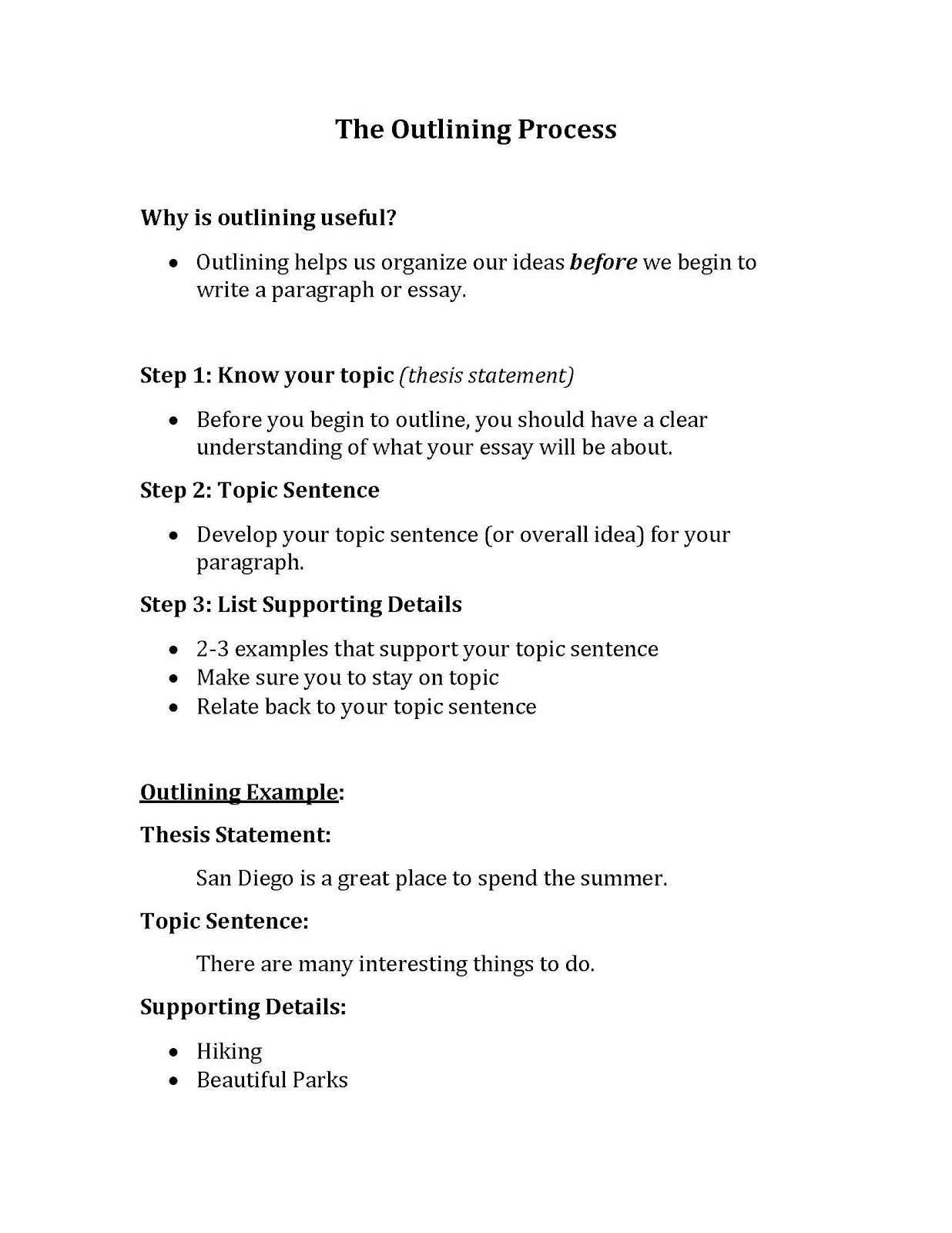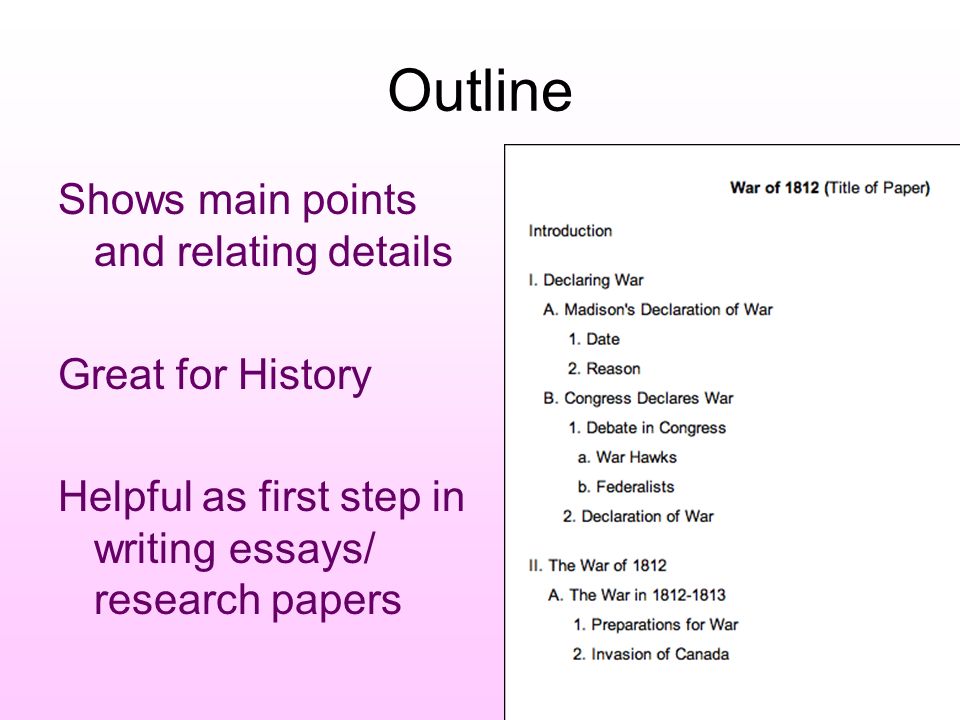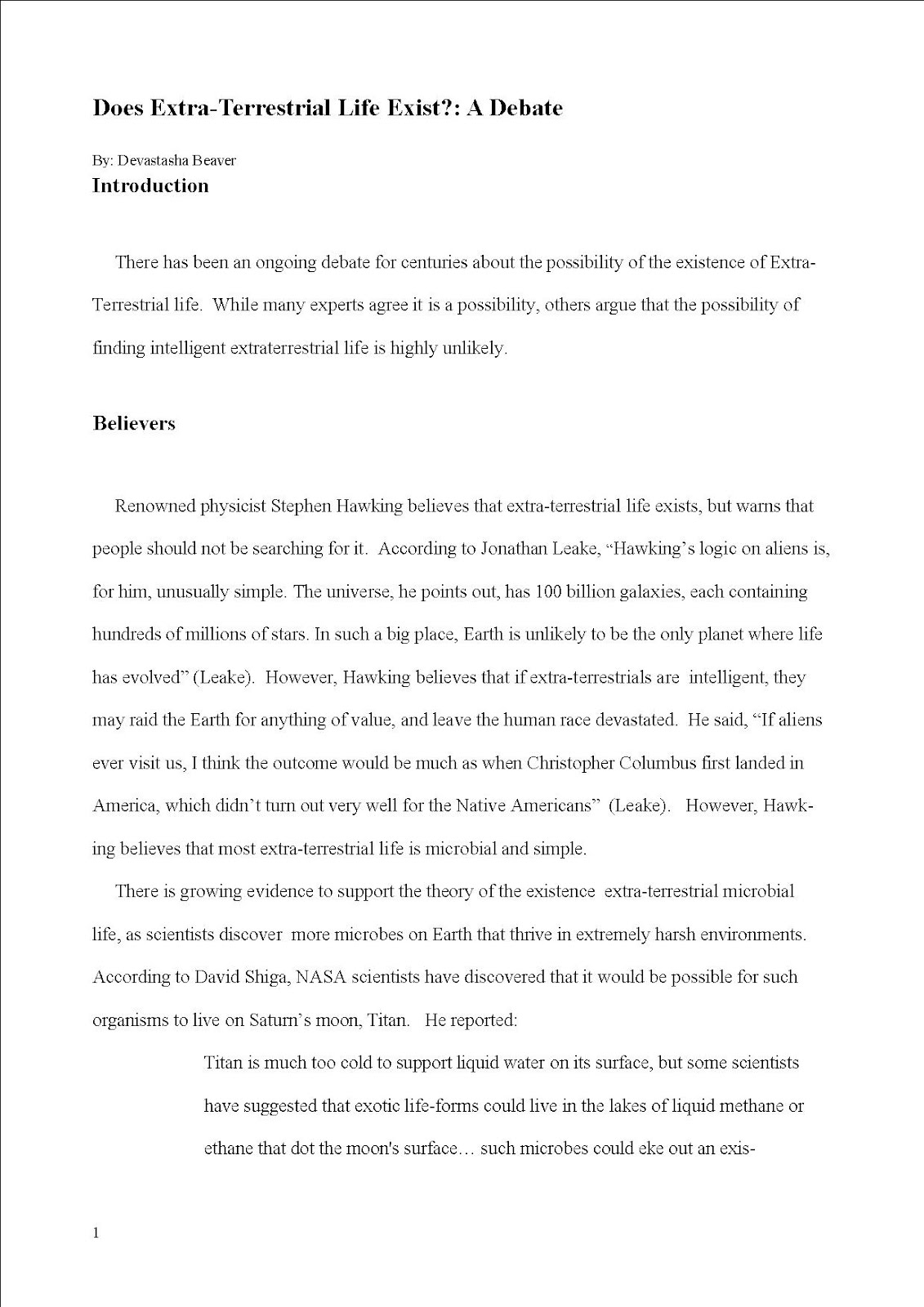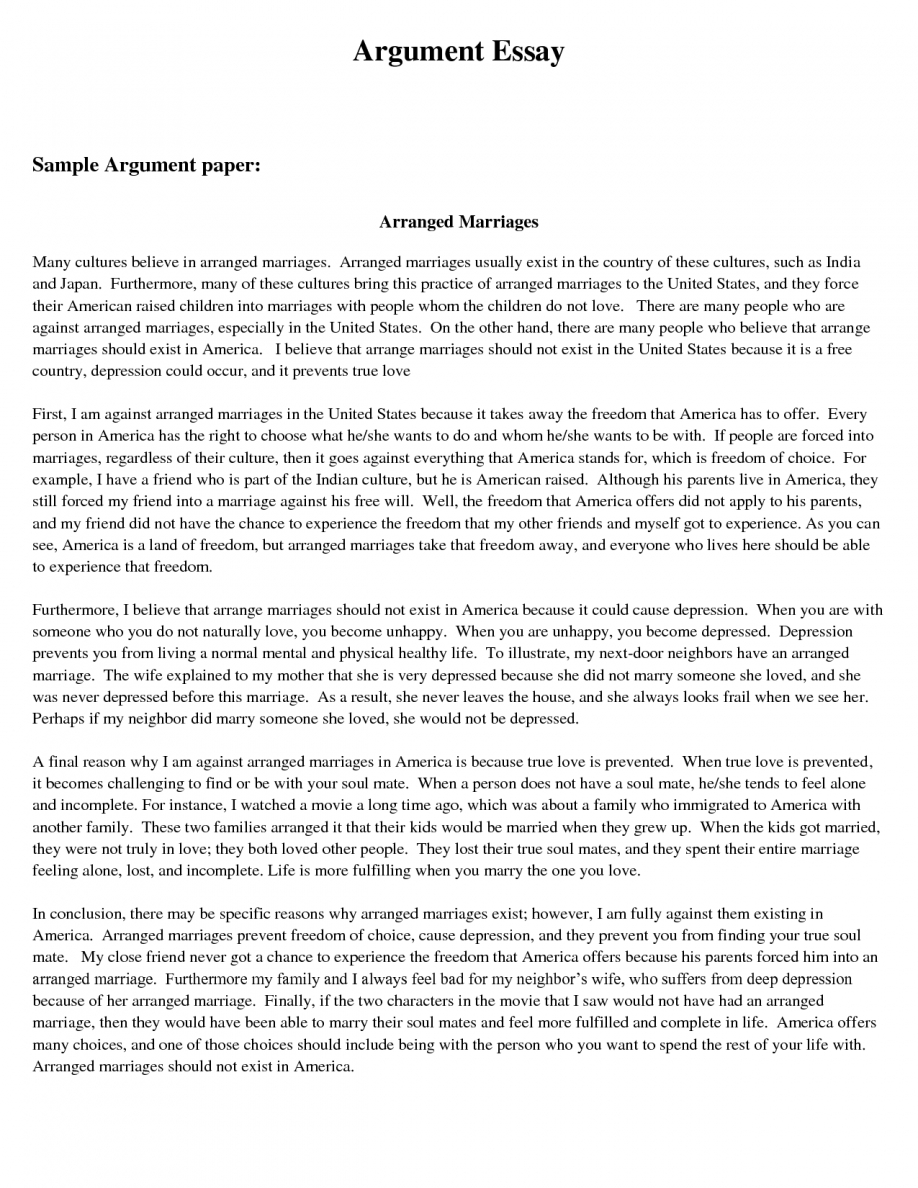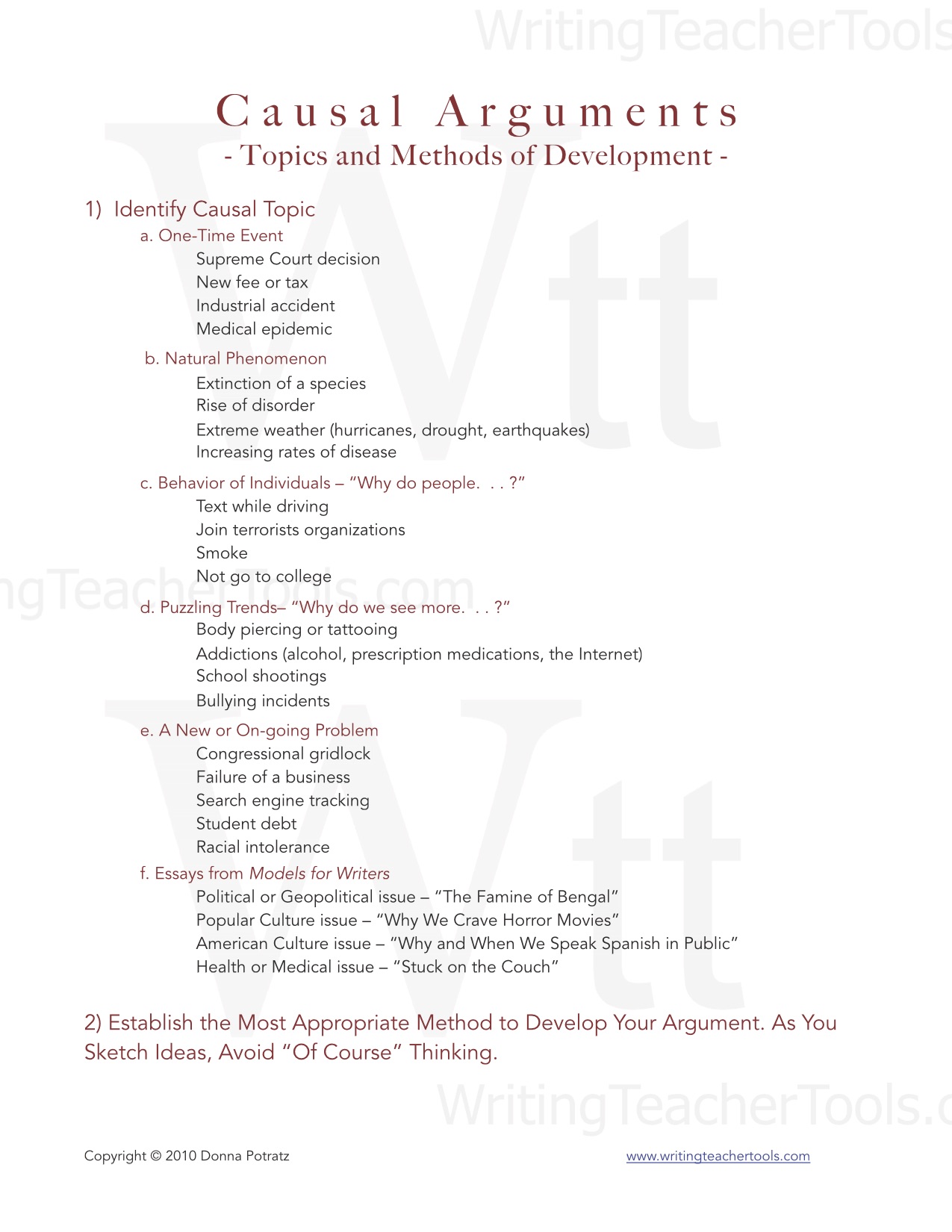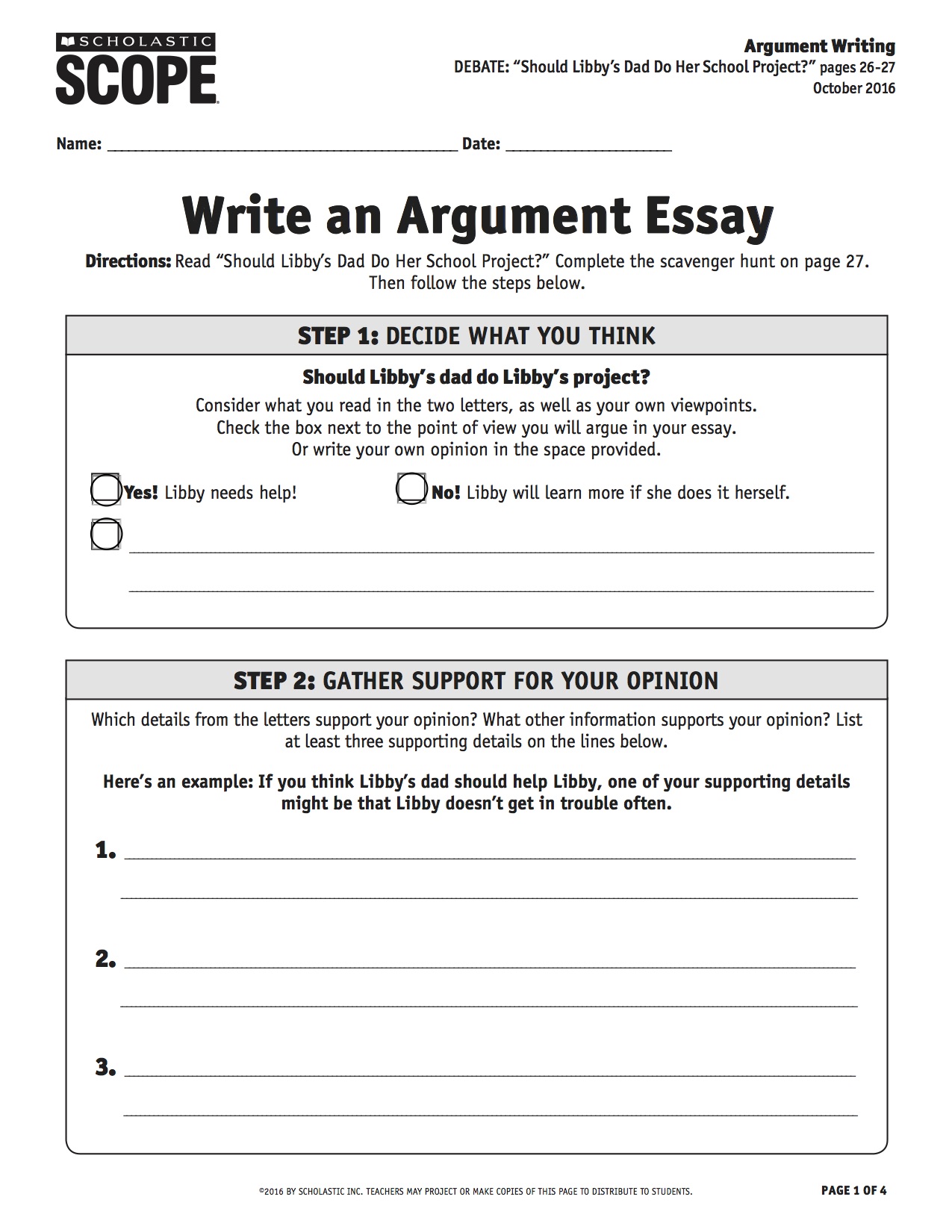18+ Debate Report Writing Examples to Download
People argue all the time. There’s no mistaking that. But do you know that arguing can also be a form of intellectual exchange? It may sound ridiculous and insane, but think about it like this: when you see two people engaging in a heated debate on which movie category is the best, either romantic-comedy or pure horror, you begin to notice on how much people are willing to speak up just to get their opinions through the other person. This kind of debate may be informal and improper, but in a manner of speaking, it makes good dinner table conversation and does stimulate your brain cells to become more curious and get more involved with the news as to what is happening in society at present.

But if you are looking to put your talents to good use as a public speaker and perhaps as a future lawyer, a good training ground would be to join the debate team. But take note that the topics that will be deliberated in the debate proper are not going to be those informal topics (e.g., movies, abstract feelings, etc.). The topics that will normally be discussed will normally pertain to today’s current issues. Here are some of the things that you may need to know beforehand when you are making your debate speech.
Preparing for the Debate Speech
- Understand how debates work. In an actual competition or maybe even a mock debate session with your instructor, you and your team (varies) will be assigned a debate topic that is called a resolution. Your team must take a stance either affirmative or negative to the resolution. Whether you get the option to choose your stance or if it gets assigned to you, you must not be in a position to complain. Although it is often true that one side would be easier to defend than the other, but without the proper research and the proper rebuttal, you may be placed in a very difficult position. In some debate formats, this can be also called a motion and the sides will be proposition and opposition.
- In a team, there are at least 3 speakers and a representative who is often the last one to speak to present a summary of the points that were being made earlier at the end of the debate round. Each speaker is given a minimum of 4 to 5 minutes as a first speaker to deliver his or her piece to the audience for that certain side.
- Each speaker then present arguments against the earlier pro or con speech that was just read. While either the affirmative side or the negative side speakers deliver their side, the opposing party’s speakers must listen carefully and attentively as to be able to deliver counter arguments. There are often segments involving crossfire, in which the debaters are allowed to ask questions and openly debate the topic. This may be called a Point of Information, and occurs when someone from the other team interrupts to ask a question or make a point.
- Research the topic very thoroughly with credible information. If you join the debate team without any consideration on what your topic is going to be, then there is simply no point or use of joining in the first place if you are just going to blabber nonsense. The point of a debate after all is formally arguing with proper and substantial backing.
- Since debate teams are normally in a team of three or four, it would be best if you actually worked hand in hand to help figure this out. Whether you are in the affirmative or negative side, you must consider all the possibilities that your opponent might use against you. Once you are prepared for that, you can be ready for anything. Try listing down the pros and cons of the said issue itself. There are some points of the issue that the opposing side might choose. Distinguish on what seems to be the strongest and most probable argument they might use and develop countermeasures.
- Research is everything. Without proper research, then you are screwed for reporting unverified information. As U.S. President Donald Trump would say, “Fake news!” Thanks to the Internet, any piece of information that you would wish to know can be immediately found within milliseconds. But make no mistake, do not believe everything that you read on the Internet, especially when you know it came from a random blog or just another opinion. When you claim something from the Internet, best make sure it came from a scholarly journal or at most from a legitimate government site when collecting and gathering data.
- You will also want to deal with the strongest arguments on the other side in your speech. Ignoring the other side’s best arguments can weaken your rhetorical appeal.
- Write an outline of your speech. Now that you have your side and have done your research, it is high time that you begin writing an outline of your speech. And since there are going to be 4 of you, it might be best to split up your main key points as to give everyone a chance to deliver their piece.
- Basic debate speech outline would normally contain four parts: an introduction, a thesis argument, your chosen key points to back your stance up, and a conclusion. Should there be a need to define some key words that are not clear for the judges, do so.
- You can break each of those four part into subcategories. It’s often a good idea to write the introduction and conclusion last, focusing on the thesis argument and the evidence to back it up first.
Spread and Scale Prompt Debate Example
School Uniforms Should Not Be Abolished Debate Answer Example
Put Social Sciences into Action Prompt Example
How to Write a Debate Online
Debate Writing Prompt Sample Response
Writing the Debate Speech
- Write an introduction that is catchy and interesting. The introduction is usually the make or break section of every good debate. Just like delivering an essay or a PowerPoint presentation for your class, your introduction must be catchy and interesting or lively even so that everyone will fix their attention on you and to what you are going to say.
- Do not forget that debates are formal and are meant to be serious. So make sure that your introduction must show the same level of professionalism. You can always start with “Good morning, ladies and gentlemen.”
- First impressions matter. That is a fact. And when your good impressions manage to get the attention of the judges, you are then off to a good start as it will often lead them to assume the debater is persuasive. One technique to write a strong introduction is to contextualize the topic, especially in relation to real world events.
- Introductions can also focus on prominent examples, quotations, or on a personal anecdote that can help establish a rapport with the audience and judges.
- Outline where you stand very clearly. It is possible that somewhere along the speech you might get sidetracked and eventually lose sight on what side you actually belong to in the first place. It is important to review your speech from time to time and review your speech and that of your team member’s so that you may know whether they are still in the right track or not.
- When stating your stance, make sure that you do it early on. Do not wait for the judges and the audience to find out which side you belong to at the very end. It needs to be extremely clear whether you affirm or negate the resolution, so don’t try to confuse and eventually contradict yourself in the middle of the debate.
- Make key points to back up your stance. As you deliver your speech, there exists the possibility of becoming lost in your speech that you end up babbling nonsense. There is actually no denying that. One good way to do this is to back up your position with three to four strong points of supporting argumentation. More than one to two key points are required to back up your stance.
- In every speech, the body or the “meat” of the speech is always the most important part. But keep in mind that you will only be given a short span of time for you to say your piece before time runs out (give or take, you have at least 3 ½ minutes and 30 seconds for an opening and for a conclusion, depending on the given rules of the debate).
-
Develop your key points. Without substance in your key points, it is considered meaningless as you will just look like some stupid guy who is just blabbering his or her opinion without any backup whatsoever. Make sure that every single one of your key points has to come with examples, statistics, and other resources that can be found during your research.
Another tip would also be to focus on the roots of the issue, the effects of the problem, some expert’s opinion, examples, and statistics. Afterward, present a simple solution. In a debate, you are not given the opportunity to use a PowerPoint presentation, so as you continue discussing the points of your stance, allow your audience to visualize on what you are saying.
Not only must you attempt to appeal to the motives and emotions of the listener, but also try to their sense of fair play, desire to save, to be helpful, to care about the community, and others with a light touch. Make use of rhetorical questions that can make your opponents consider the validity of their point.
-
Understand the art of persuasion. Finally, what is a debate with persuasion? Ancient philosophers such as Aristotle studied the art of persuasion, and by understanding their techniques will further help your debate speech.
Aristotle believed that speakers are more persuasive in writing if they combined elements of logos (persuasion by reasoning) with pathos (having an element of emotional appeal) and ethos (an appeal based on the character of the speaker)—for example, that they seem intelligent or of good will.
Argumentative Research Paper Sample
Debate Notes and Format with Sample Rubric
Dowry: An Evil Practice Speech Response
Writing a Debate Outline
The Classical Argument
Persuasive Essay vs Argumentative Essay
Aspects of a Debate Speech
The Outlining Process of a Debate
Madison’s Declaration of War Debate Speech
Concluding the Debate Speech
- Write a strong conclusion. You know that it is good to start strong and end strong. So if you have a strong introduction, make sure to end it strong as well with a great conclusion. A good and strong way to formally close a debate speech is to bookend the conclusion with the opening, by referring back to the introduction and stating the conclusion into the same theme.
- Another good way to close a speech is through the use of quotations as well. Going back to the summation of the key arguments that was presented earlier is also recommended.
- Work on your delivery from beginning to end. Although content is king in a speech, delivering the said speech is also just as important. Without proper intonation and confidence needed in your speech, how can you convince your audience to actually pay attention to you? At most, they will just ignore you and fall right asleep. Whether you are allowed to bring a full copy of your speech or not is up to the people in charge, but when you do, make sure not to sound so monotonic. Even if you do memorize your speech, bringing some note cards won’t exactly hurt you. Just make sure it sounds natural enough that it is not obvious that it sounds too plastic.
- Although you want to memorize the speech, and may use notes or your outline when giving it, it needs to sound natural and not too rehearsed. The key to giving a good debate speech is research. You will need to think on your feet to counter opposing arguments.
- Use a clear, loud voice, and be careful to watch pacing. You don’t want to speak too loud or too slowly. Remember that confidence goes a long way toward persuasion.
How to Write a Debate Essay Example
Does Extra-Terrestrial Life Exist: A Debate
Arranged Marriages Argument Sample Essay
Creating Your Basic Outline
- Do your research. Now, in making the outline for the speech, your first and utmost priority should be conducting enough research to back your findings and support your evidence in showing that this is either beneficial or not. For instance, if the topic of the debate is all about extrajudicial killings, it would be easier and simpler for the negative side of the issue since it is morally incorrect. But if you happen to be at the affirmative side, you just have to do what you can to prove that extrajudicial killings might solve the country’s crime.
- Try not to keep relying on the Internet as it is not a guarantee that all the sources you find are legitimate. Go visit libraries or use whatever educational resources that you can utilize from documentaries to e-books even.
- For every supporting piece of evidence you find for your case, try to find another piece of evidence to counter it. This will help you build your argument later.
- If you think you already have enough points on your side of the argument, limit them at that. Because the more spread out your key points are, the likelihood of not finding enough evidence or supporting facts of those key points increases.
- Follow outlining principles. While the order of your material will be determined by your debate form, the format for your debate outline should follow the basic guidelines for outlining.
- First thing you have to learn is subdividing your information. The main headings will probably consist of arguments, while subheadings will most likely contain different pieces of supporting evidence.
- Use correct symbols. Each level of the outline has a particular symbol to use. The main headings will use Roman numerals (I, II, III, IV). Subheadings use capital letters (A, B, C). Sub-sub headings use Arabic numerals (1, 2, 3). Keep these consistent throughout your outline.
- Indent each level. Indentation helps you follow the line of argument and keeps your outline organized.
- Outline your case. Your case is your primary argument: the value you are trying to uphold through a variety of evidence. Start the outline of your debate by compiling a list of evidence that supports your case. Order it so that the most influential and powerful evidence is the first to be presented, mediocre evidence is in the middle, and a final powerful piece is at the end.
- If you have a fairly lengthy debate planned, break up your case evidence into categorical sections. For example, you could have legal, moral, and economic support for your case.
- Aim to have a minimum of three supporting facts or pieces of evidence in your case outline.
- In debates in particular, quality is better than quantity.
- Prepare potential rebuttals. Never forget that engaging in a debate means that you are prepared to go for war. Just like chess, you need to come up with different countermeasures to move against your opponent. But it is important not to be so rushed. You need to come up with a certain strategy in order to exploit the weakness of your opponent to turn the favor in your tide.
- Look to find rebuttals for both the individual parts of their argument in addition to the whole of it. This will fortify your position in the debate.
- Many times their argument will be the opposite of yours, so while your argument lists the pros, theirs is listing the cons of a particular value. If you pay attention to this, you will be able to not only prove their side of the argument invalid, but also help to further promote your own.
- Add detail to your outline. When you have made a bare bones outline of your case and rebuttals, begin adding a bit more detail that will benefit either essay writing or debating on the subject. Keep the outline form of headers, sections, and bulleted lists, but write in complete sentences, add in helpful questions and evidence, and make your argument more well rounded than just a list of a few words.
Causal Argument Topics and Methods of Development
Writing an Argument Essay
As mentioned before, debates do not always have to be so formal. It can sometimes be as informal and the topics can go as far as the mind can think of. Here are some of the topics that can be discussed among yourselves or in the formal debate proper:
- Is the death penalty appropriate? Or should it be banned?
- Should cell phones be used during class?
- Should laptops be allowed in classrooms?
- Is global warming an issue?
- Is there good reason for the American war on terrorism?
- Does school detention do any good in high schools?
- Are video games containing violence appropriate for children?
- Is television an effective tool in building the minds of children?
- Is the grading system used in high school effective?
- Do celebrities get away with more crime than non-celebrities?
- Is it effective to censor parts of the media?
- Are alternative energy sources effective and justified?
- Is drug testing athletes justified?




